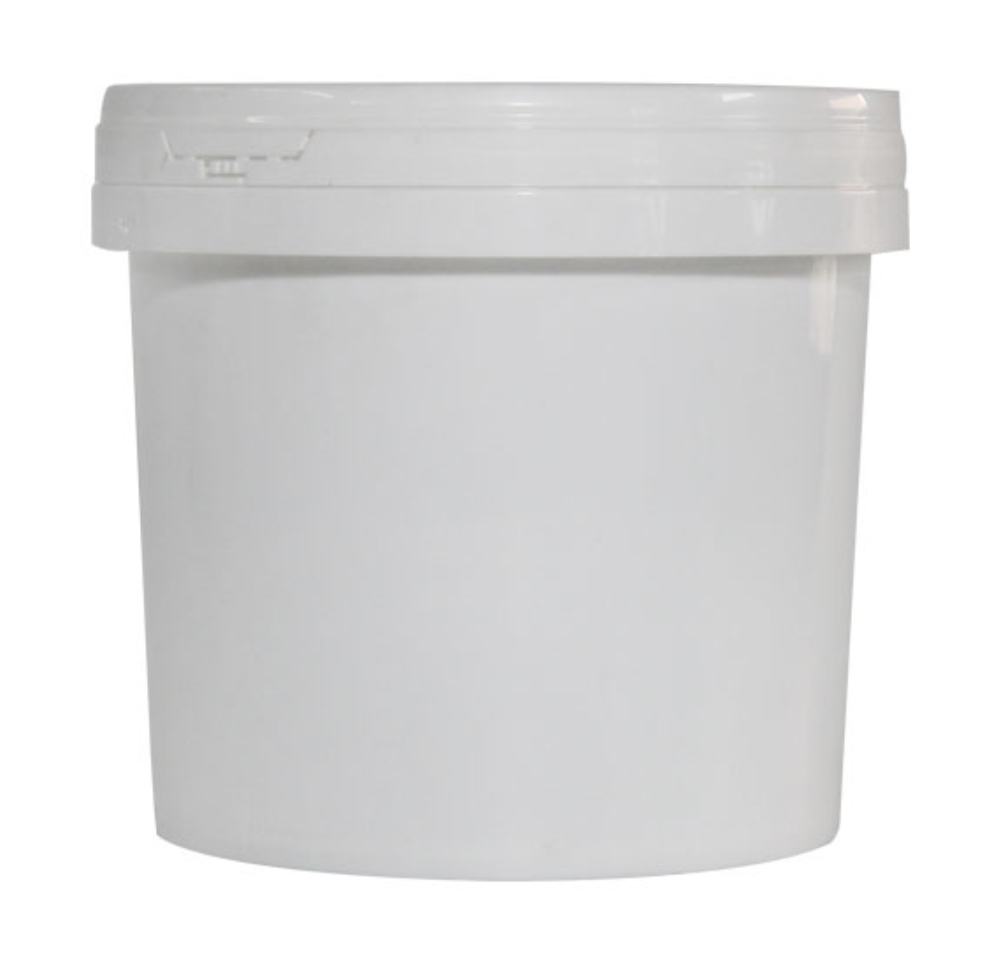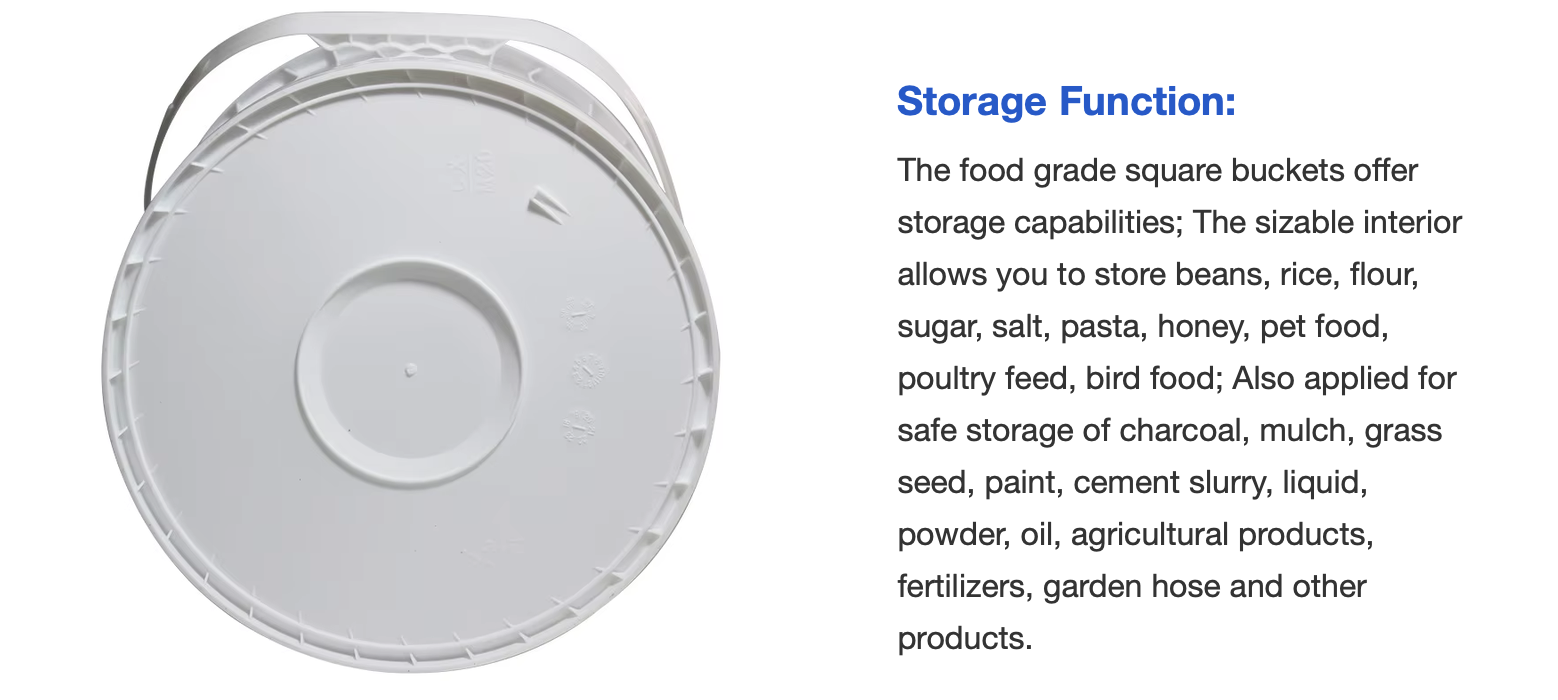Plastic Rice Bucket Storage: The Future of Hygienic Food Preservation
Food Safety and Plastic Buckets: A Scientific Analysis of Modern Storage Solutions
In an era where food preservation demands precision, food-grade plastic buckets have become the backbone of reliable food bucket packaging across households and industries. From bulk plastic bucket storage for grains to specialized designs for honey and spices, these containers redefine material safety and functional innovation.

1. Safety Standards for Food Bucket Systems
The reliability of food bucket solutions begins with rigorously tested materials. Plastic rice bucket storage units predominantly use FDA-approved polyethylene (PE) or polypropylene (PP), engineered to prevent chemical leaching. For instance, PP-based food bucket packaging resists temperatures up to 120°C—a critical feature for sterilizing containers in tropical climates.
Advanced sealing technology elevates food bucket performance. Plastic bucket storage models with silicone-lined lids reduce moisture intrusion by 95%, directly extending rice shelf life. Similarly, honey stored in airtight food bucket packaging maintains viscosity 40% longer than glass alternatives by blocking humidity-triggered crystallization.
2. Functional Engineering of Food Bucket Designs
Modern food bucket systems prioritize adaptability. Transparent plastic rice bucket storage units enable visual inventory management, while stackable food bucket packaging configurations save 30% pantry space versus traditional sacks. For commercial kitchens, modular plastic rice bucket storage racks with ergonomic pour spouts streamline bulk ingredient access.
Industrial applications leverage standardized food bucket dimensions (5L/20L) to optimize logistics. Reinforced plastic rice bucket storage containers withstand 1.5-ton stacking loads—a game-changer for global grain supply chains.
3. Maximizing Food Bucket Packaging Efficiency
To ensure plastic rice bucket storage effectiveness:
• Pre-treat containers: Sanitize new food bucket units with baking soda solutions to neutralize residual odors.
• Climate control: Position PP-based food bucket packaging away from direct sunlight to prevent thermal deformation.
• Rotation protocols: Label plastic rice bucket storage with harvest dates—even premium rice degrades after 18 months in airtight conditions.
4. Sustainable Evolution of Food Bucket Solutions
The food bucket industry now integrates 30% post-consumer recycled plastics without compromising safety. Biodegradable plastic rice bucket storage prototypes using cornstarch-based PLA polymers are entering markets, reducing landfill dependency. Economically, reusable food bucket packaging slashes annual storage costs by 60% for bakeries and bulk retailers.

Conclusion
Food-grade plastic buckets represent the synergy of science and practicality. Whether through moisture-proof plastic rice bucket storage or space-efficient food bucket packaging, these solutions address global food security challenges. By adopting certified containers and optimized protocols, users harness the full potential of this storage revolution—one bucket at a time.
